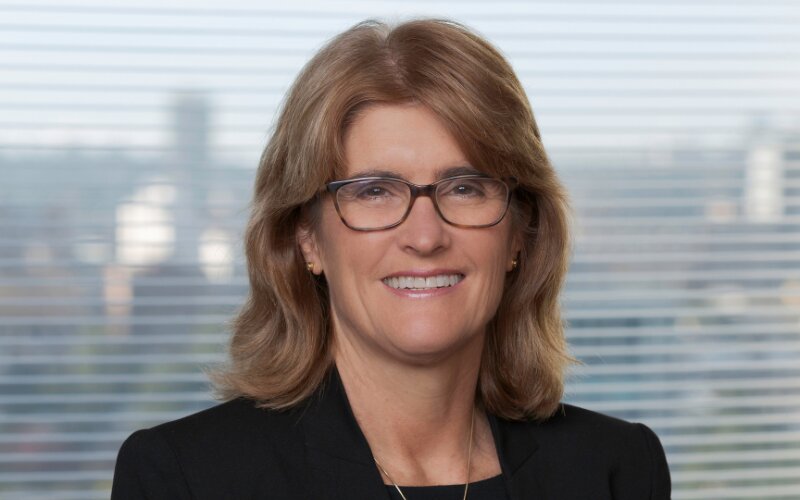The consumer price index (CPI) increased 4.3% over the 12 months to November, the Australian Bureau of Statistics (ABS) revealed today.
While that means inflation is still above the target set by the Reserve Bank of Australia, it does appear to be on its way down.
"This month’s annual increase of 4.3% is down from the 4.9% rise in October and is the smallest annual increase since January 2022,” ABS head of prices statistics Michelle Marquardt said.
However, from October to November, prices rose 0.4% on a seasonally adjusted basis, compared to 0.0% from September to October.
The monthly CPI indicator is determined by measuring the changing price of a set ‘basket’ of items.
The price of that basket has slowly slipped lower from its peak of 8.4% in December 2022 but is still a far cry from the RBA’s target of 2% to 3%.
Today’s inflation read may have come as a slight surprise to some economists at the big four banks.
Between the quartet, they were predicting inflation to have risen 4.1% to 4.5%, with ANZ posting the lowest forecast and NAB and Westpac releasing the highest predictions.
When excluding volatile items, such as fuel, fruit and vegetables, and travel costs, annual inflation rose 4.8% in November, down from October's 5.1% lift.
Unlike NAB, ANZ is expecting the RBA board to hold the cash rate steady when it meets next month, with senior economist Catherine Birch saying today's inflation data supports its prediction.
"The October and November prints make it difficult for quarter four CPI inflation to exceed the RBA’s forecast of 1.0% quarter-on-quarter," she said.
"The RBA will also take confidence from the solid fall in trimmed mean inflation to 4.6% year-on-year from 5.3% year-on-year, indicating that price pressures are easing for a broader range of goods and services."
Housing costs drive inflation, petrol prices weigh
Driving prices higher in November were the cost of housing (up 6.6%), food and non-alcoholic beverages (up 4.6%), insurance and financial services (up 8.8%), and alcohol and tobacco (up 6.4%).
Housing costs incorporate both the cost of new dwellings and rental prices, both of which increased over the 12 months to November.
The high cost of labour and materials drove new dwelling prices 5.5% higher during that period, while low vacancy rates and a tight rental market saw the cost of renting increase 7.1%.
Excluding September’s increase to rent assistance, the cost of renting would have risen 8.8% on an annual basis.
And rental costs weren’t the only expense to be negated by government subsidies and benefits.
“Electricity prices have risen 8.8% since June 2023,” Ms Marquardt said.
“Excluding the rebates [such as the Energy Bill Relief Fund], electricity prices would have increased 19% over this period.”
On the other hand, the cost of automotive petrol has weighed on inflation in recent times.
Petrol prices rose 2.3% over the 12 months to November, down from the 8.6% annual increase recorded in October.
That was partially driven by tumbling oil prices, which hit a five-month low.
"Annual inflation for automotive fuel has fallen from 19.7% in September 2023 to 2.3% in November," Ms Marquardt said.
“This has been a significant contributor to the lower annual rise in the monthly CPI indicator over the past two months.”
Forward outlook: RBA to watch quarterly CPI figures
Falling monthly inflation is a good sign, but more weight will likely be given to the CPI read for the December quarter, set to be released later this month.
Quarterly CPI reads, released every three months, measure a larger basket of items with a greater level of diversity to come up with a more holistic take on inflation.
"Looking ahead, we expect quarterly CPI to be annualising within the RBA’s 2% to 3% target band in the second half of this year, opening the door for a shallow easing cycle to start in late-2024," Ms Birch said on the release of November's monthly inflation figures.
Quarterly inflation fell to 5.4% on an annual basis in the three months to September.
That’s a sharp drop on previous reads (inflation reached 7.8% in the December quarter of 2022), likely driven by the 13 cash rate hikes put forward by the RBA since May 2022.
The cash rate is the RBA’s only weapon against inflation.
It determines, among many other factors, how much banks and lenders pay to borrow money – the same money they typically provide borrowers.
Thus, the higher the cash rate, the higher interest rates tend to be on financial products like home loans.
By increasing the cost of borrowing for punters, the RBA hopes to force consumers to tighten their belts, which would reduce demand for products and, therefore, lower prices.
If the RBA determines that inflation is taking too long to come down, its board might decide to implement another cash rate hike when it meets in February.
The RBA expects inflation to come down to around 3.5% by the end of this year and to be below 3% by the end of next year.
Image by Tara Clark on Unsplash.

Ready, Set, Buy!
Learn everything you need to know about buying property – from choosing the right property and home loan, to the purchasing process, tips to save money and more!
With bonus Q&A sheet and Crossword!



 Denise Raward
Denise Raward

 Harry O'Sullivan
Harry O'Sullivan
 Harrison Astbury
Harrison Astbury
 Brooke Cooper
Brooke Cooper

